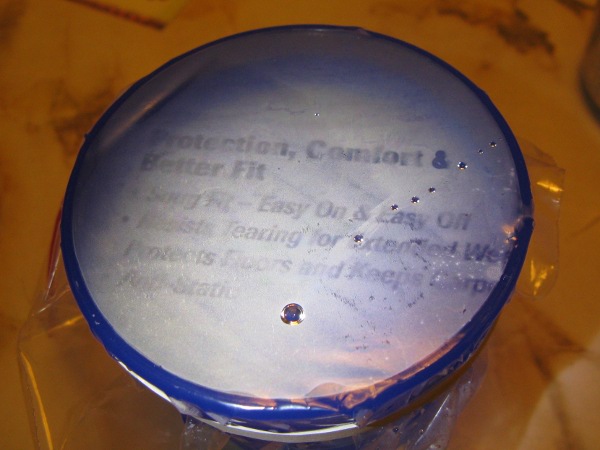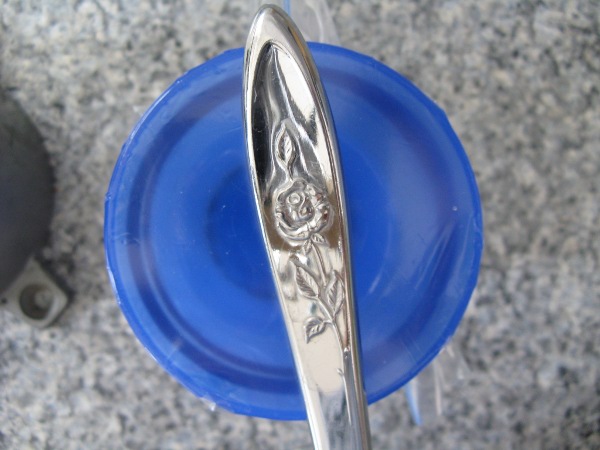

The metal handle of a table knife cooled in the refrigerator is placed in contact with the plastic membrane.
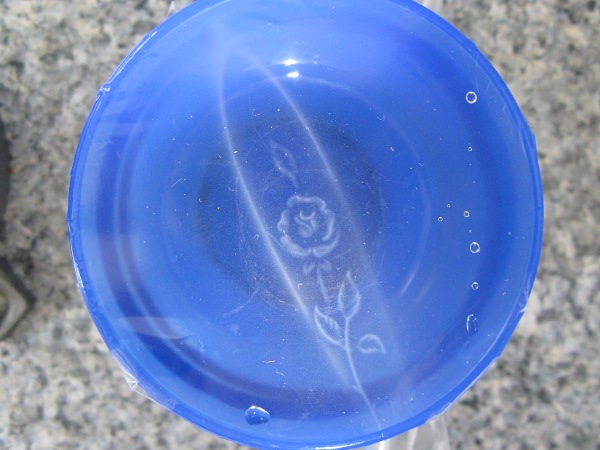
Image is formed by minute droplets of water condensing on the film in areas that made contact with the cold metal. The dark colored glass makes it easy to see the image when a flashlight is directed on to the film.
This experiment was inspired by the February 1972 Scientific American Amateur Scientist article that describes a simple evaporograph made by Roger Baker.
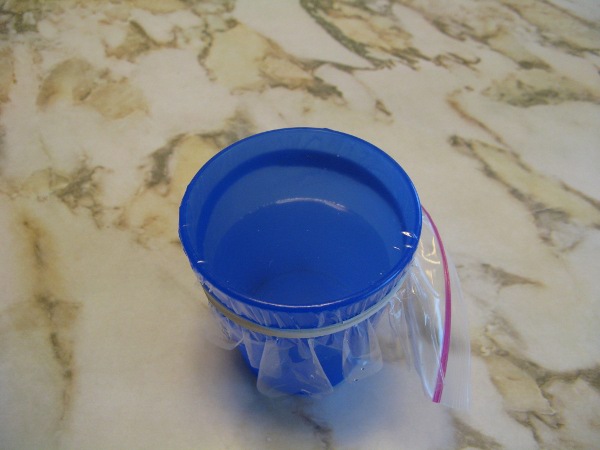
Evaporograph is made by stretching a thin clear plastic film over the top of a dark colored glass half full of water and sealing with a rubber band. After putting on the plastic film the glass should be allowed to sit until the temperature of the glass and water inside are the same as ambient temperature. The film is now sensitive to colder temperatures and will form an image of any cold object that it comes into contact with.
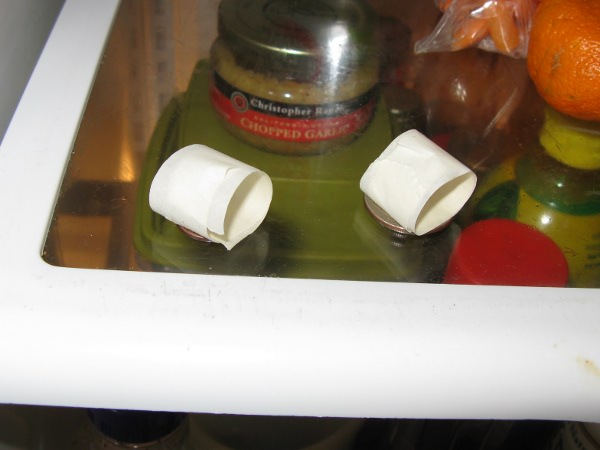
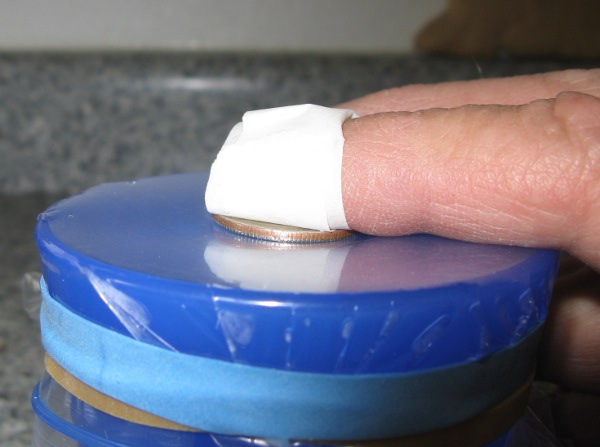
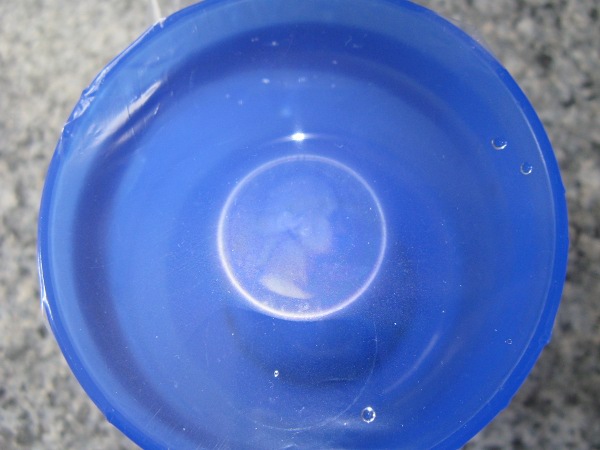
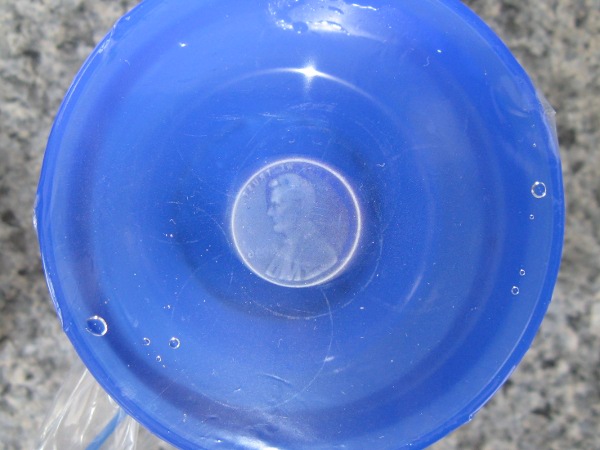
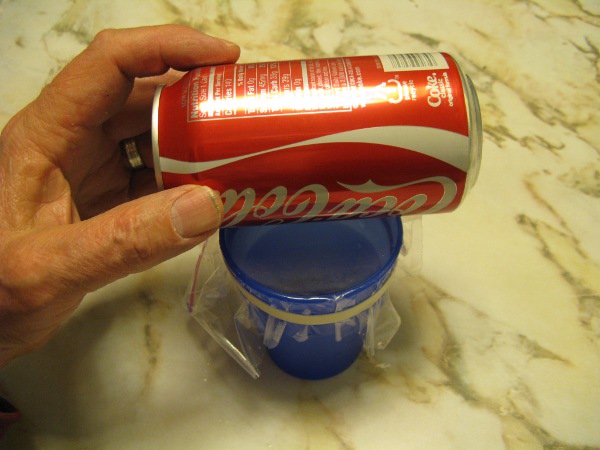
A cold can from the refrigerator when rolled across the membrane, causes condensation over the entire film.
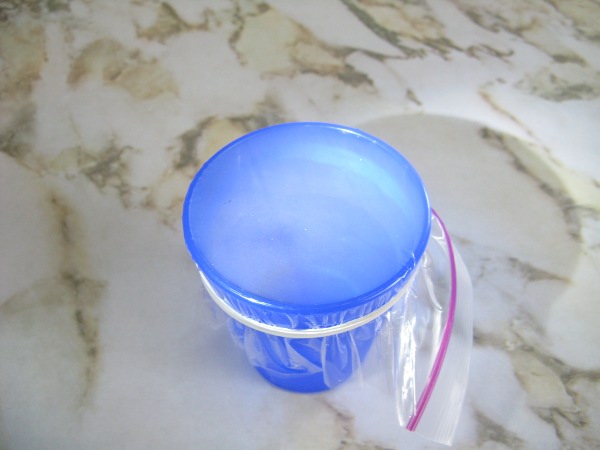
The film is now sensitive to warmer temperatures because they will cause the condensation, already on the film, to evaporate.
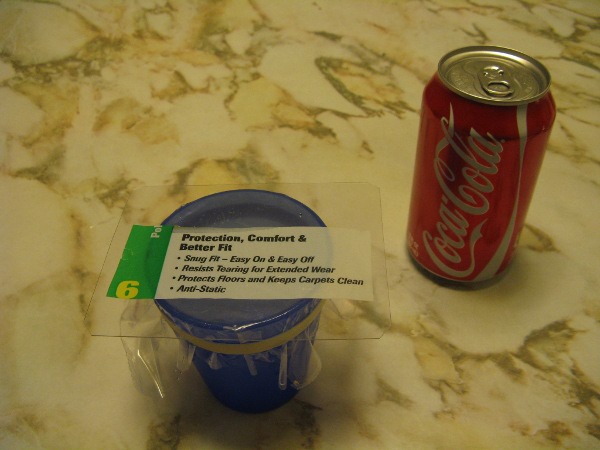
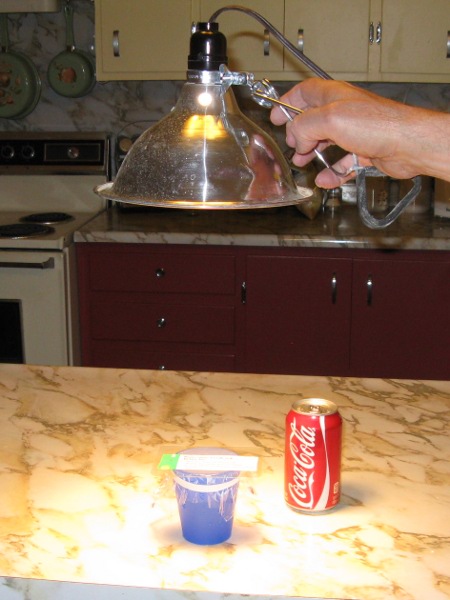
Dark print in contact with the film will leave an image as it absorbs infra red heat from an incandescent lamp.
